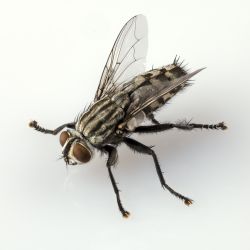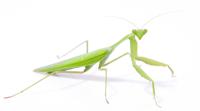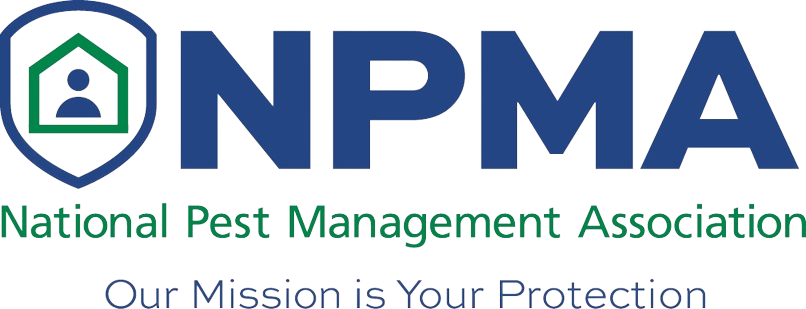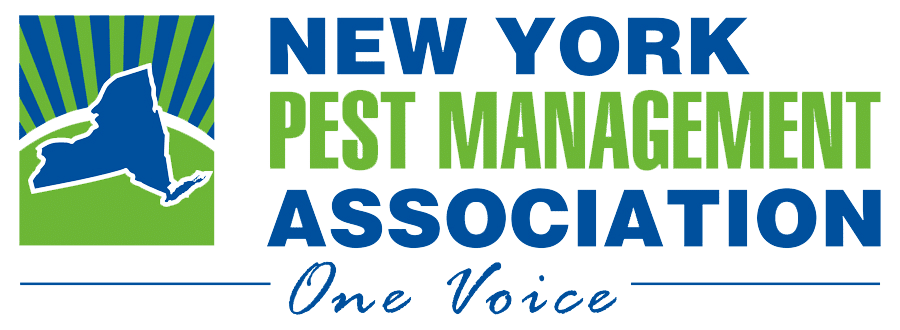
Description:
Flesh flies are sometimes among the first insects to arrive at a dead animal carcass. Areas around the home with rotting matter, such as garbage cans, compost piles, animal droppings, and animal carcasses, can attract flesh fries. Not commonly found in the home, flesh flies frequently infest industrial buildings like meat processing and packing facilities. Adult flesh flies don’t bite humans, but they do feed on liquid substances, and may infest wounds, carrion, and excrement. In some instances, flesh flies may be beneficial because their larvae prey on blow fly larvae, lesser house fly larvae, and grasshopper nymphs. Also, forensic investigators may use the development of flesh fly larvae in a carcass or corpse to help determine time of death.
Appearance:
Flesh flies look like house flies, but are generally larger. Flesh flies usually have gray bodies with three black stripes on the thorax. The abdomen has a light and dark gray checkerboard pattern and is often red at the tip. Though some species may be smaller than house flies, most flesh flies are about 10 to 13 mm long.
Lifecycle:
They overwinter as pupae in North Carolina and other temperate climates. Rarely very numerous, the flies emerge in spring and mate. Eggs are laid only under very unusual circumstances. As a rule, eggs hatch within the body of the adult. Females of most species deposit 20 to 40 larvae directly onto the host or substrate. As many as 325 larvae have been known to been born by a single female. Flesh fly maggots feed for 3 or 4 days and develop through 3 instars. Soon afterward, these mature maggots enter the pupal stage. Adult flies emerge in 10 to 14 days and the life cycle is repeated. Several generations are produced each year.
Habits:
Some flesh flies prefer to breed in dead rodents, bats and birds found in attics, crevices and wall voids, so if flesh flies become a problem inside a structure, your pest management professional should inspect for a dead animal. They are attracted to decaying wastes, excrement and human foods making a threat to human health.






